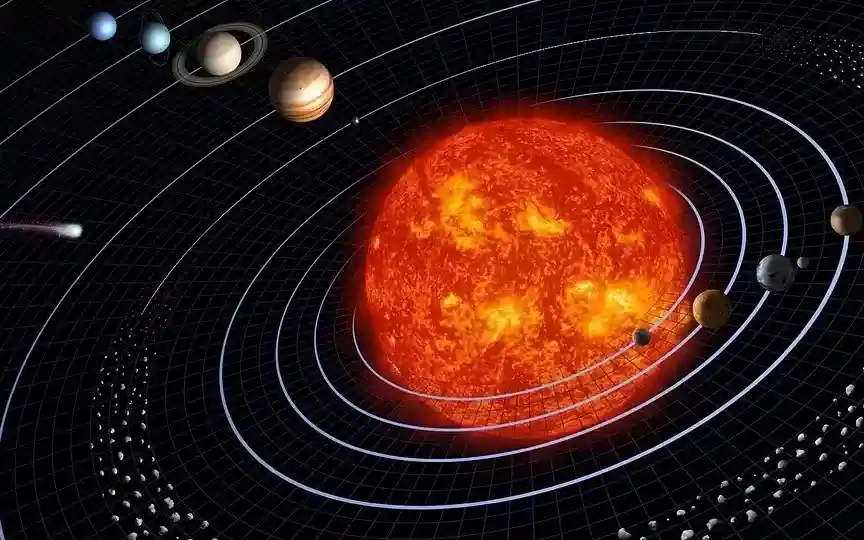Hubble Discovers Evaporating Exoplanet 32 Light Years Away
Every day, the universe continues to astonish and astonish us with its abundance of peculiar and unparalleled entities. NASA’s Hubble Space Telescope has now unveiled yet another extraordinary planet – a planet facing dire circumstances. Scientists at NASA have recently detected a planet whose atmosphere is expanding and undergoing unforeseen transformations as a result of its close proximity to its star.
Volatile planet
The newly discovered youthful planet orbits a moody red dwarf star and undergoes fascinating changes with each orbit. Because the planet is close to the parent star, it endures a constant and intense flow of energy, resulting in the gradual evaporation of its hydrogen atmosphere, leading to a swelling effect on its surface.
Astronomers were amazed by the remarkable variation observed by NASA’s Hubble Space Telescope in the different orbits of the planet. One orbit did not appear to show any loss of atmospheric material, but a year and a half later clear signs of atmospheric escape were observed. Keighley Rockcliffe of Dartmouth College expressed surprise, noting that such a rapid transition from undetectable atmospheric loss to detectable planetary displacement was unexpected and not what they expected.
Rockcliffe was equally baffled to see the planet’s discernible atmosphere swell in front of it, resembling the headlights of a fast-moving train. He described this observation as exceptionally strange and considered it a rigorous test of planetary evolution models. He said: “This observation is so cool because we get to study this interaction between a star and a planet, which is really the most extreme.”
AU Microscopii
According to a NASA report, AU Microscopii (AU Mic) is a parent star located 32 light-years from Earth and home to one of the youngest known planetary systems. This star is less than 100 million years old, a tiny fraction compared to our Sun, which is 4.6 billion years old. The closest planet to AU Mic, called AU Mic b, has an orbital period of 8.46 days and orbits just 6 million miles from the star, about 1/10 the distance of Mercury from the Sun. This gaseous planet is bloated and its diameter is about four times that of Earth.




